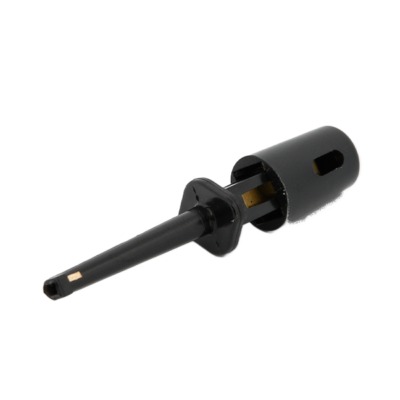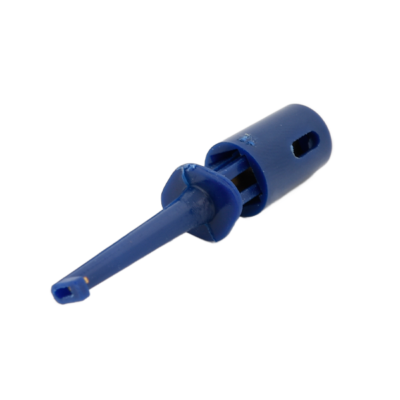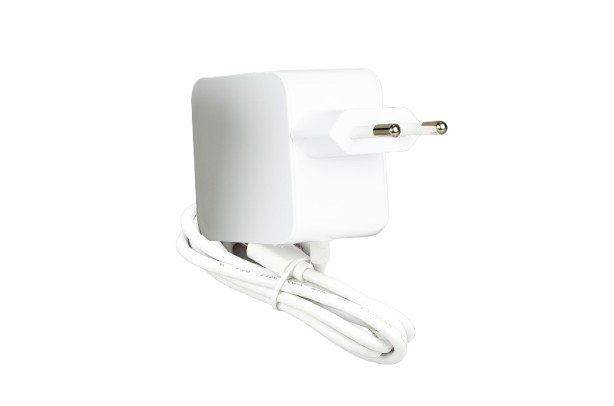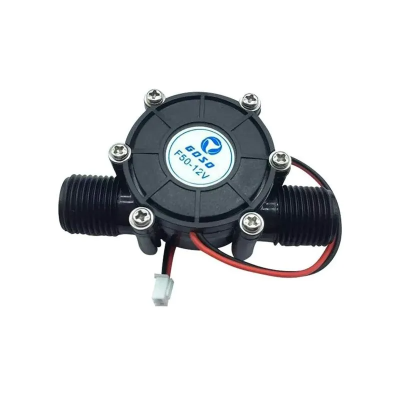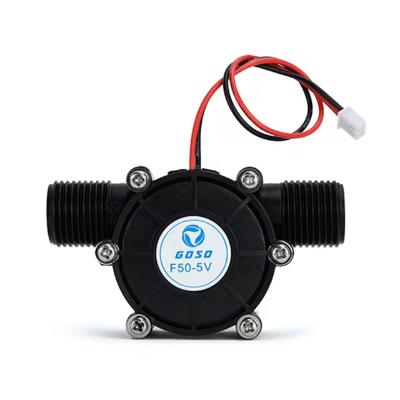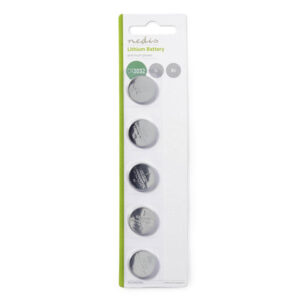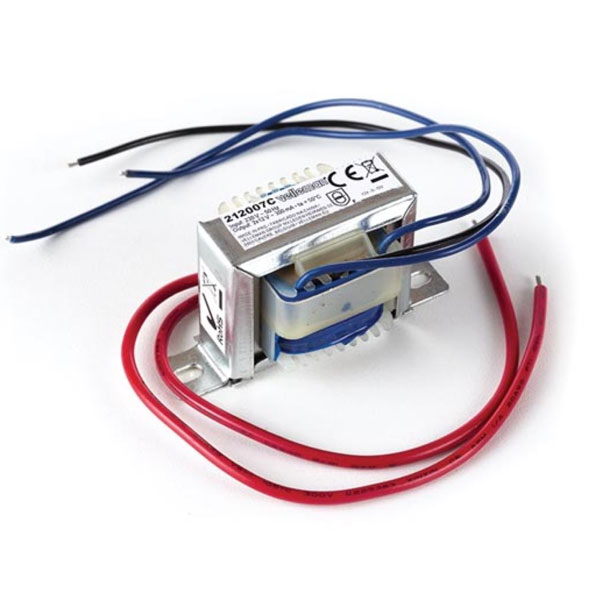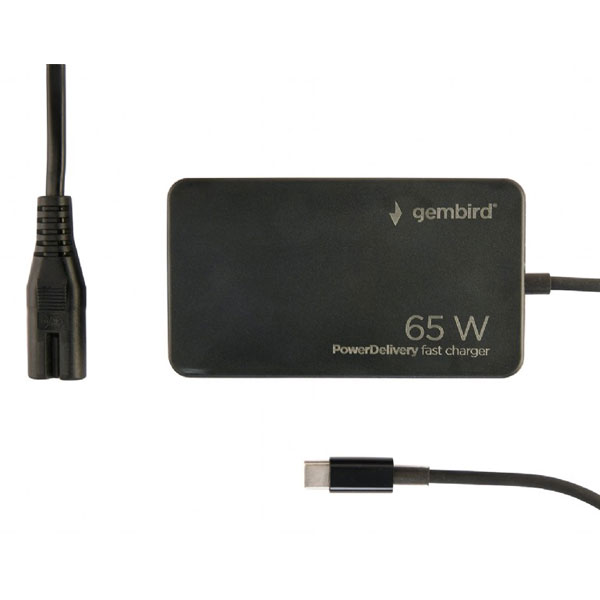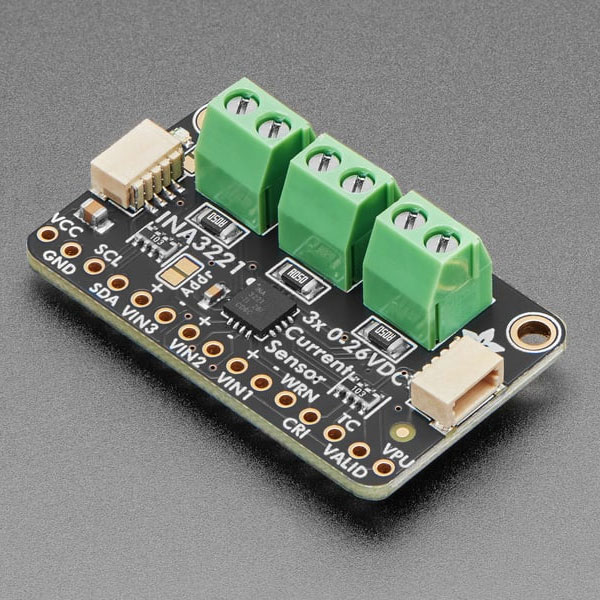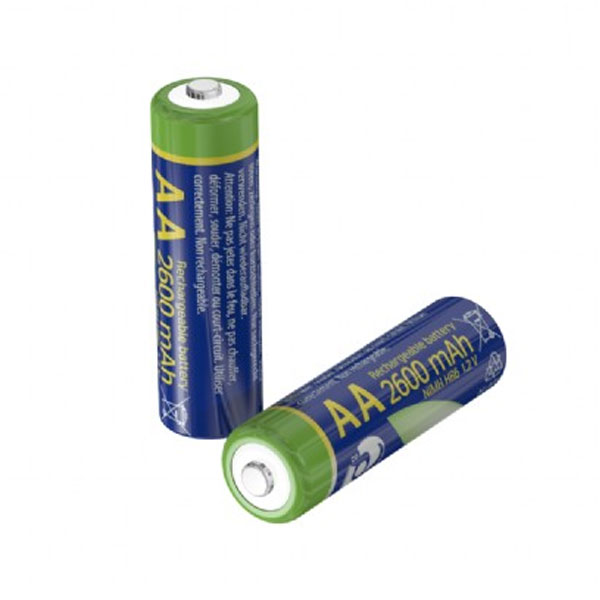5151+ reviews
Order by 16:00 for same day shipping
14 days return
EN
Individual
Business
Filters
Price
to
RPI Accessory
Raspberry Pi
Arduino Type
Power supply
A stable power supply is crucial for every electronic project. Without good voltage and sufficient current, components do not work properly. In the worst case, they can even be damaged. That is why you will find a wide range of power supplies in our range. Suitable for both hobbyists and professionals. Whether you work with Arduino, Raspberry Pi, motors or LED strips: the right power supply prevents malfunctions and damage.
52 products found
Sort by:
What power supplies are there?
The best-known power supply is the AC-to-DC adapter. This converts 230V alternating current to low DC voltages such as 5V, 9V or 12V. Ideal for fixed installations, for example with a Raspberry Pi or LED strip.
DC-DC converters, also called voltage regulators, are flexible in use. They adjust the voltage based on your power source. For example, a step-down converter reduces 12V to 5V. A boost converter increases 3.3V to 5V. Handy for battery systems and portable sensors.
Breadboard power supplies are compact and deliver stable voltages of usually 3.3V and 5V. They plug directly into the breadboard. Ideal for prototyping and testing without loose wires or measurements.
Other options are USB power supplies, battery holders and power banks. These are suitable for mobile projects or powering microcontrollers such as the ESP32. A good USB power supply ensures stable power, even under heavy loads.
What do you look for when choosing?
The output voltage is the first point of attention. It must exactly match what your components need. Too high? Risk of damage. Too low? Instability and malfunctions. Also look at the current, expressed in amperes. Your power supply must always be able to supply more than the total consumption. This gives margin and prevents overload. This way your power supply will last longer. Efficiency plays a role especially with DC-DC converters. The higher the efficiency, the less heat and energy loss. This makes your project more economical and safer. Also check for protections. Think of short-circuit protection, overheating and overcurrent protection. These protect your electronics and extend the life of your power supply.
Finally, check the connections. Some power supplies have screw terminals, others USB, pin headers or barrel jacks. Choose what fits your setup to avoid extra adapters.
Practical examples and tips
Power supplies are everywhere. From a simple sensor project to complete home automation systems. An Arduino on a Breadboard power supply lets you quickly test sensors without replacing batteries. For Raspberry Pi 's, a stable USB-C power supply is essential. New models draw a lot of current. Without a good power supply, you run the risk of crashes or corrupt data.
LED strips often require a powerful 12V adapter. Sufficient amperage prevents flickering or loss of light. Measure the consumption in advance and adjust your power supply accordingly.
Do you use batteries? Then a step-up converter helps to keep the voltage stable. Especially with decreasing battery capacity, this prevents problems.
Measuring is knowing. Always measure the voltage before connecting a power supply. This prevents damage to sensitive components. Are you working with higher power? Then ensure good cooling. Ventilation or a heat sink extends the life of your power supply.
Always test new circuits on a Breadboard first. This way you can detect errors without soldering.
